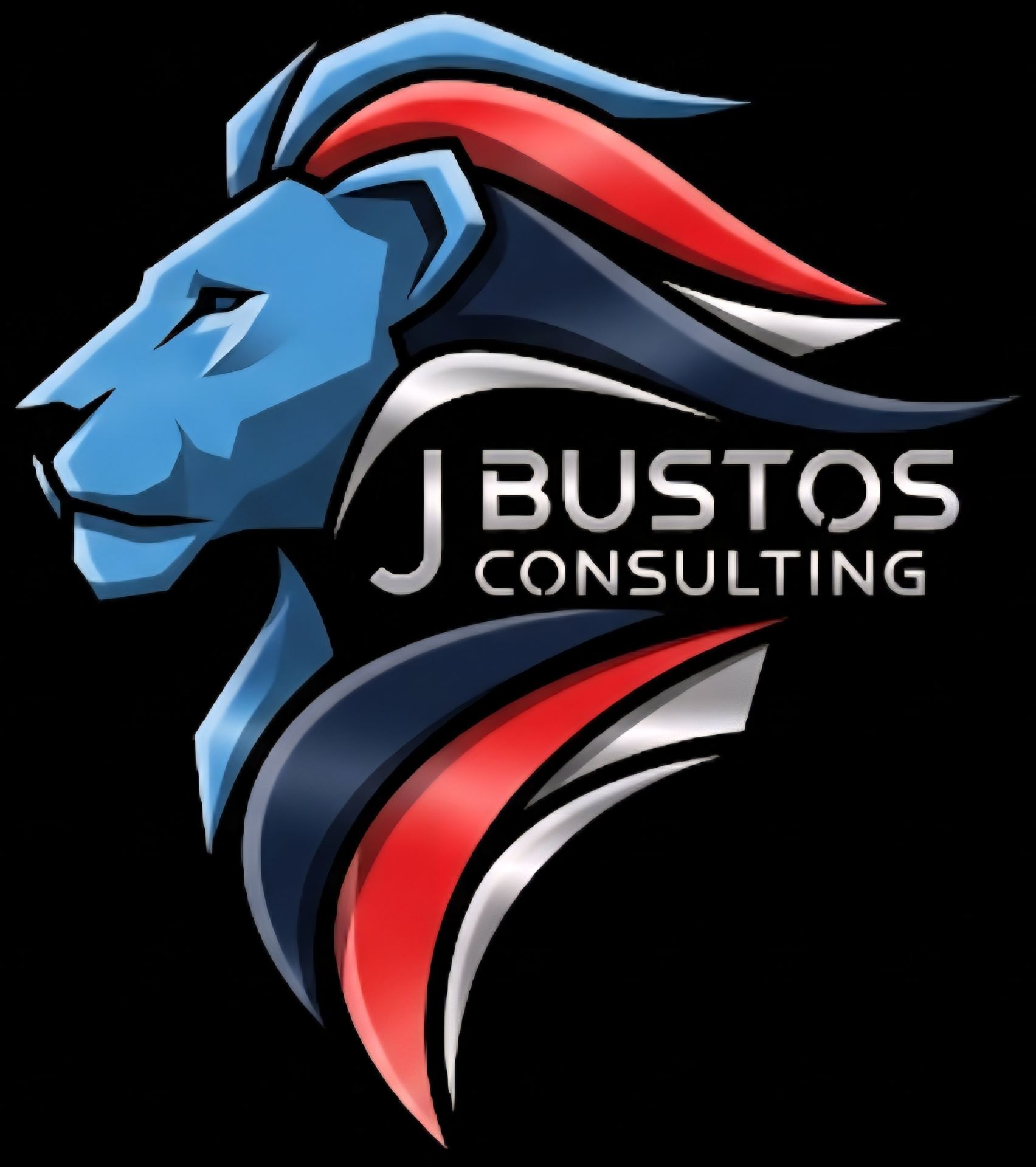Choosing the Right AI Solutions for Your Business: A Comprehensive Buyer's Guide
Understanding Your Business Needs
Choosing the right AI solutions for your business begins with a clear understanding of your specific needs. Before diving into the vast ocean of AI technologies, it's crucial to identify the key areas where AI can make a significant impact. Whether it's improving customer service, optimizing operations, or enhancing data analytics, pinpointing your objectives will guide the selection process.

Defining Goals and Objectives
Once you've identified the areas for improvement, you need to set clear goals and objectives. Are you looking to reduce costs, increase efficiency, or enhance customer engagement? Defining these goals will not only help in choosing the right AI solution but also in measuring its success post-implementation. Quantifiable objectives provide a benchmark against which progress can be assessed.
Exploring Different AI Technologies
The world of AI is vast, with numerous technologies tailored to different business needs. Some popular options include machine learning, natural language processing, computer vision, and robotic process automation. Each technology has its unique strengths and potential applications. For instance, machine learning is excellent for predictive analytics, while natural language processing can revolutionize customer interactions.

Evaluating AI Vendors
With goals and technologies in mind, the next step is to evaluate potential AI vendors. It's essential to choose a provider with a strong track record and expertise in your industry. Consider factors such as the vendor's reputation, customer reviews, and the scalability of their solutions. A flexible provider will adapt their offerings to evolve with your business needs.
Assessing Integration and Compatibility
For seamless implementation, it's vital to assess how well a new AI solution will integrate with your existing systems. Compatibility issues can lead to disruptions and increased costs. Ensure that the AI tools you choose can be smoothly integrated into your current IT infrastructure without requiring significant modifications.

Cost Considerations and ROI
The cost of AI solutions can vary significantly based on complexity and functionality. While it's tempting to opt for the most advanced technology available, it's crucial to consider your budget constraints and anticipated return on investment (ROI). Calculate the potential benefits in terms of efficiency gains, cost savings, or revenue increases to determine if the investment is justified.
Testing and Implementation
Before fully deploying an AI solution across your organization, conduct a pilot test to evaluate its effectiveness. Pilot testing allows you to identify potential issues and assess the solution's performance in a controlled environment. Use the insights gained from this phase to make necessary adjustments before full-scale implementation.

Training and Support
Successful AI adoption requires proper training and ongoing support for your team. Ensure that your staff is adequately trained in using the new tools and understands how they align with business processes. Continuous support from the vendor will help address any challenges that arise during the initial phases of implementation.
Monitoring and Optimization
After implementation, continuously monitor the AI solution's performance against your predefined goals. Regular assessments will help identify areas for improvement and ensure that the technology continues to deliver value. Stay informed about advancements in AI to explore opportunities for further optimization and upgrades.

